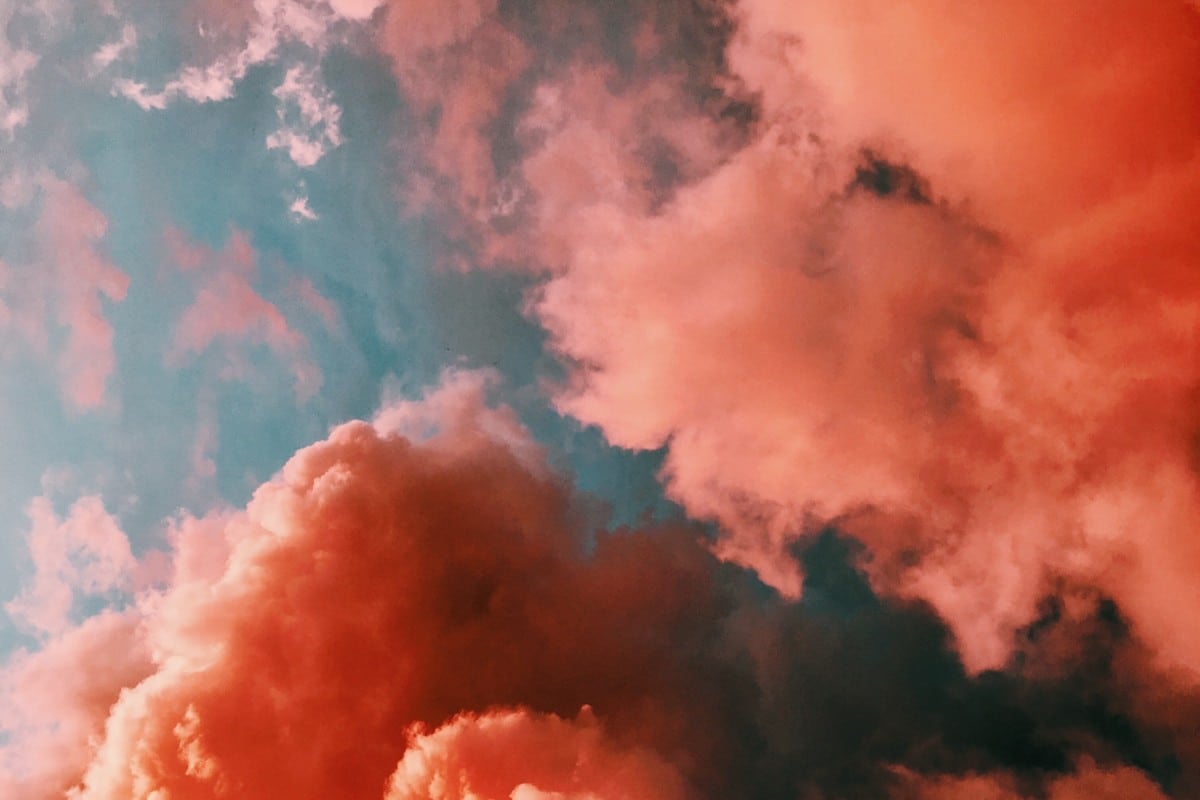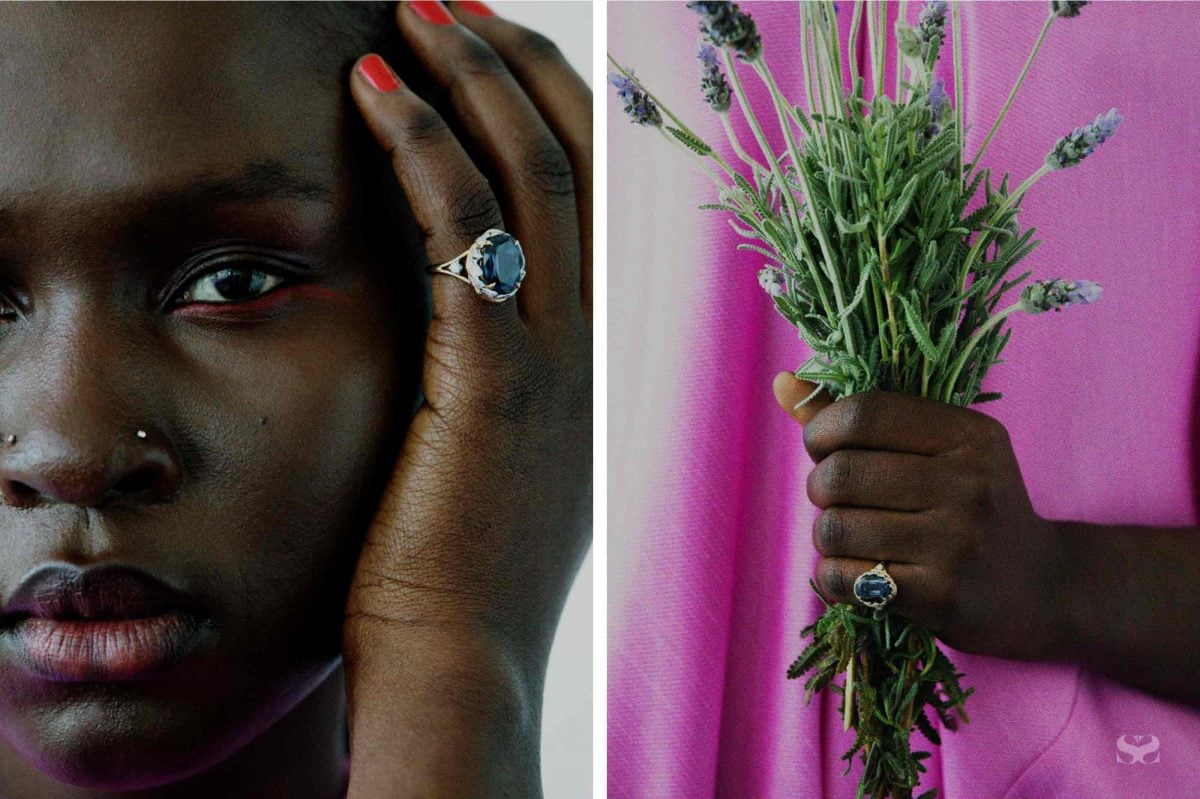
Flashback: the year is 1600. A fetching lambkin approaches you at a London tavern near the Globe Theatre, where you just watched “Midsummer Night’s Dream” with friends. You’re asked what your astrological sign is. What would you have said 400+ years ago?
Back then, something like: “By heavenly compulsion, I’m a Taurus Moon.” Or: “Methinks, I’m a Gemini rising.”
By all accounts, you wouldn’t have mentioned your Sun sign at all. Why?
The Sun sign is a modern invention–or at least its importance is. Horoscopes started showing up in newspapers 100 years ago. Mass communication and mass society prompted mass astrology and the Sun sign (ego-driven and ego-centric) offered simplified, cosmic shorthand for talking about our astrological identity.
But now identities are more complex. We have moved away from the 20th Century’s patriarchal yen for conformity and control (the 1950s TV show, “Father Knows Best,” comes to mind as a frustratingly egregious example). We speak from a constellation of black, white, straight, queer, non-binary, cis, trans, rich, poor, femme, masc, subject positions. Thankfully, daddy no longer knows best when it comes to performing and/or thinking about who we are.
And yet, regarding our astrological sense of self, we are still, by and large, beholden to the Sun and its placement in our 1st House of Selfhood. “I’m a Gemini” forms our main axis of identification. That’s limiting, in my humble opinion.
Here’s a provocation, then: As we distance ourselves from homogenized social, sexual, cultural, and political norms, shouldn’t we do that same when it comes to the Sun sign as an astrological metric for self-understanding?
Indeed, we should.
We are starting to see a slight trend away from the hegemony of the Sun sign. With the rise of Co-star, among other factors, it’s not uncommon to hear these kinds of identity claims in the ether now: “As a Scorpio Moon and Sadge rising, I think/feel x, y, z.” Rather than one way of being (monolithic Sun sign) we are developing a more three dimensional astrological version of Self. Good news.
But what does it mean exactly to say: I’m an Aquarius rising? Or I’m a Leo Moon?
In what follows, let’s answer those questions by checking out a little primer on Sun, Moon, and Rising sign (three ways to identify with your natal chart). Be forewarned, though: this could change the way you see yourself, in a cosmic sense.
Sun sign
We begin with the most well-known and basic axis of identity: the Sun sign. The Sun spends about 30 days in Taurus, 30 more in Cancer, and so on. If you’re born when the Sun is in, say, Aries, that’s your sign. Personality traits follow from this solar placement: you’re more fiery, combative, self-centred, etc. These Aries traits are purportedly embedded in your astrological DNA.
The problem with focusing on the Sun sign is that it represents a very static model of the heavens. The Sun ambles relatively slowly through a sign, whereas the astrological weather is always changing–it’s a dynamic system. The Moon changes signs every two days and the Rising sign (which we get to below) rotates every couple hours.
The Sun sign basically simplifies this celestial dynamism. It posits that every person born from March 20th to April 20th (regardless of where or or at what time of day) is an Aries. That’s like saying every body type needs to fit into a size medium sweater. As such, ancient astrologers were not interested in the Sun sign so much. They were much more into the Rising Sign (a more perfectly tailored blazer).
Rising sign
The Rising sign (aka the Ascendant) refers to the zodiac constellation that was on the Eastern horizon the moment you were born. Say you come into this world in Tokyo at 5am. Your Ascendant might be Taurus, in this case. If you’re born three hours later in Tokyo, it might be Cancer or Leo. Signs move quickly over the horizon–they basically shift every one to two hours. The dynamism of the Ascendant arguably captures an energy more aligned to you than the Sun sign.
Definitionally, the Rising sign deals with how you come across to others in the world. Since we are social animals, that’s another reason why it is traditionally more important than the Sun sign. We-are-who-we-are in relation to other people, places, and things. In this regard, there is a fundamentally performative aspect to Selfhood (astrological or otherwise). The script for that performance is encoded through the Rising sign.
In thinking about these two axes of identity, the question that arises is this one: do we feel more connected to our Rising sign or Sun sign? It could be that we’ve been identifying as Capricorn Sun our whole life, but we’re really more Leo rising. Or it could be that you’re uncomfortable in this Sun/Rising binary, in which case we turn to the Moon sign.
Moon sign
The Moon sign pertains to a third axis of identification in our chart determined by where the Moon was at the moment of our birth. Unlike the Sun (patriarchal, linear, slow, ego-heavy), the Moon deals with intuition, feeling, maternal care, and emotion. By focusing only on the Sun sign, we keep ourselves cordoned off from the lunar landscape of needs, desires, and feelings. The Sun is a bit boring, ultimately. The Moon is much more fascinating. How does the Moon sign manifest? Let me count the ways.
Say that when you were born, the Moon was located in Aries. That means you might be quick to show emotions. You might be prone to emotional outbursts. Aries Moon can be a bit emotionally immature. A Capricorn Moon might be colder with showing feelings. A Cancer Moon more loving. And so on. Each sign will flavour the Moon, that is, the way we process emotion.
It could very well be that you operate by intuition and feeling more than logic and planning. In this case, it could likewise be that you have a strong lunar placement and that you want to align more with this aspect of your chart–tracking lunar transits and various aspects with the Moon that will be impacting your Moon sign. Your sense of Self might, in the end, be lunar.
How can understanding your birth chart be valuable?
Ultimately, by focusing on the Moon and Rising sign, we open up our birth chart to two new dimensions that will add complexity and depth to the way we understand ourselves. Your Sun might fit you well-enough. That’s fine. But if it has always felt alienating or limited, that also makes sense. Figuring out your Moon and Rising sign will supply a more holistic view to who you are.
With that in mind, try the following exercise. Go to an astrology app and figure out your Moon and Rising sign. The next time you read your horoscope, peruse the entries that correspond to them, too. See which horoscopes resonate with you most. Or combine all three signs to get a more nuanced portrait of yourself beyond the Sun sign.
In our next Make Astrology Great Again instalment, we will look at the planets and how these mobile units further enrich–and complexify–the natal chart. Until then, stay starry-eyed.
Photo by Laura Vinck on Unsplash



